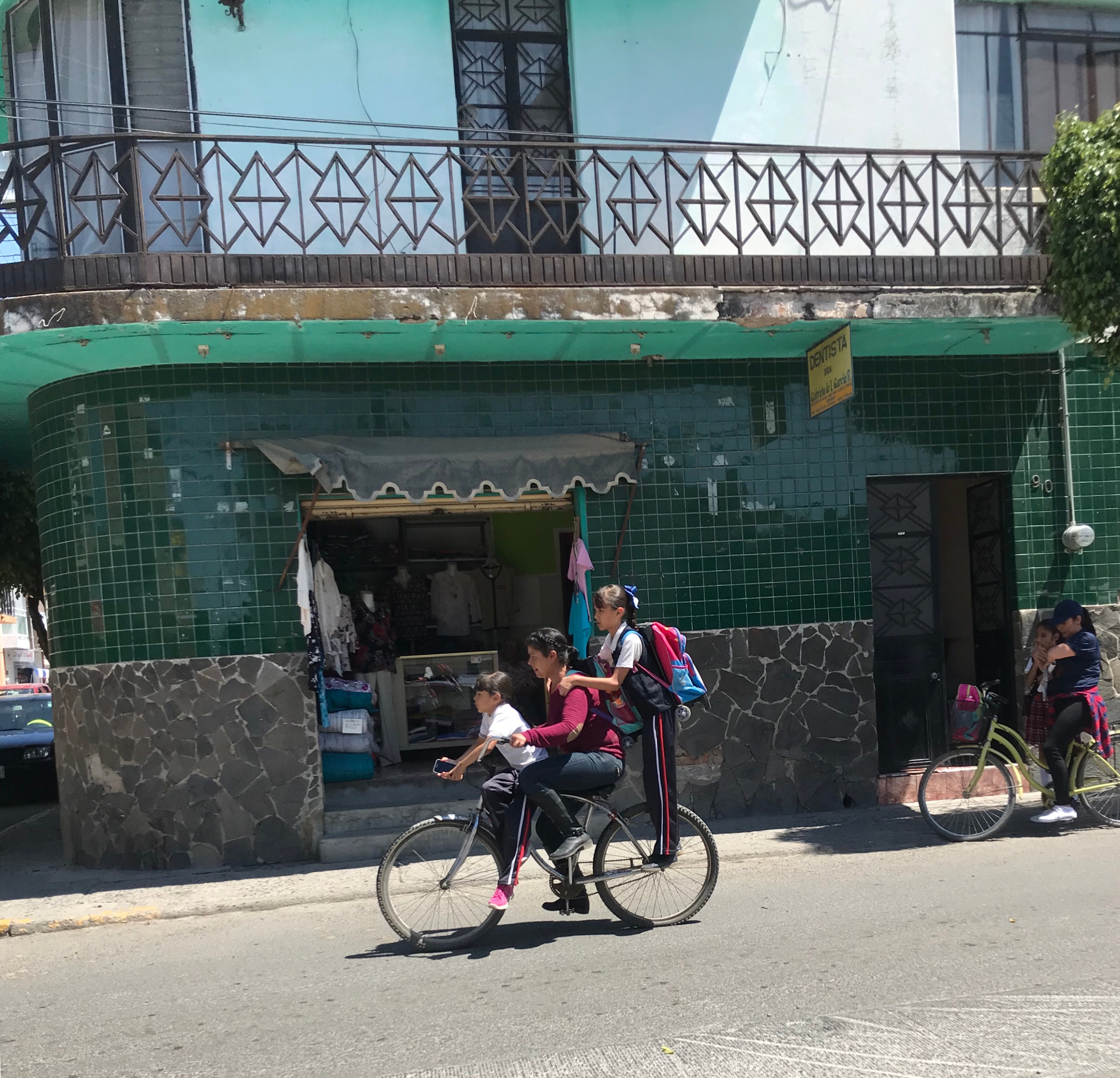I spent much of the last few weeks traveling in Mexico throughout Jalisco and Michoacán, the states where much of my family lives.
When I arrived in my grandparents’ town, the first sight that greeted me was people of all ages on bikes. As I visited other towns throughout the two states, bikes were an embedded feature (only less prevalent when visiting bigger cities like Guadalajara).
The people I saw ride their bikes reminded me of the people I see bike in Little Village, Pilsen, or Brighton Park, but with less apparent marginalization on the road. Though I saw car traffic in some of the small towns, there was a rhythm on the road that allowed bikes, pedestrians, motorbikes, and other vehicles to co-exist. I don’t intend to romanticize the places I saw, but it was a refreshing sight to see so many brown people of all ages cycling freely.
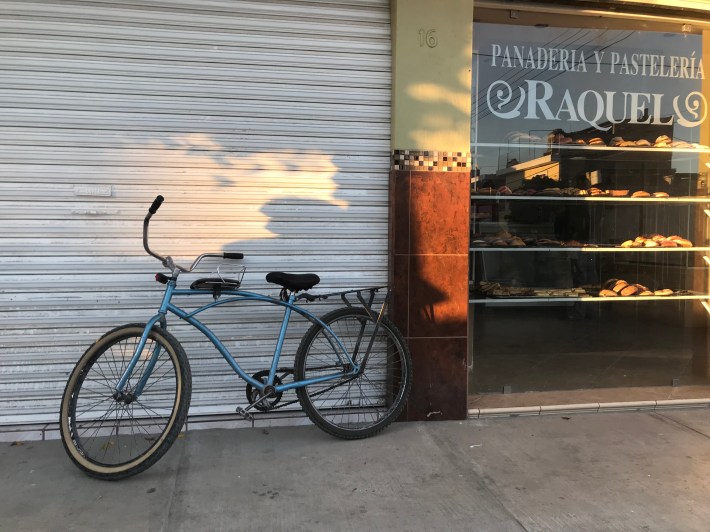
Mexico isn’t usually a country we think about when we think about a biking culture, but bikes are an embedded part of small Mexican towns I visited. I am sure this rings true throughout the country. I didn’t see bike lanes in most places I saw people biking and a seldom saw any helmets. I’m not saying they aren’t important, but the rhythm of how vehicles and people navigate the streets safely goes deeper than the infrastructure we build.
This reminds me of Dr. Adonia Lugo’s book Bicycle/Race: Transportation, Culture, and Resistance. This line stuck with me, “It was the people, not the traffic infrastructure who decided the order of the street.”
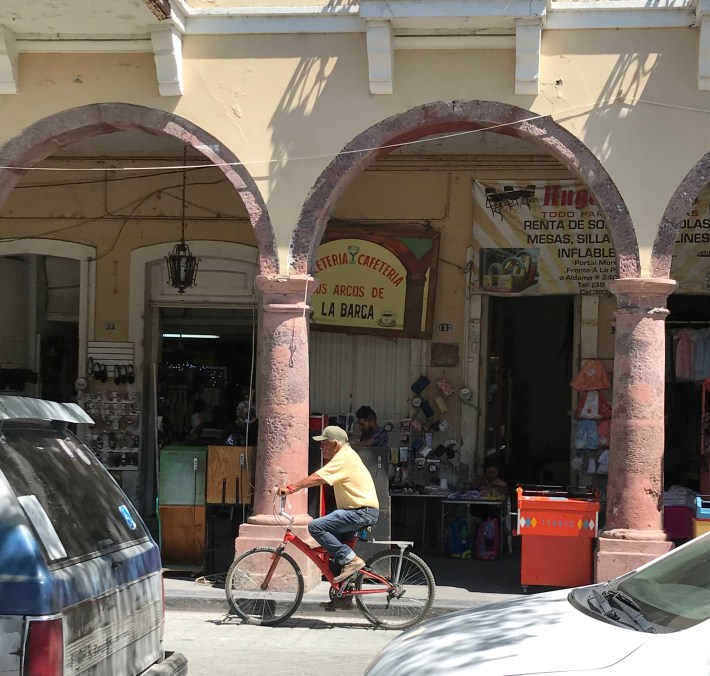
Granted, infrastructure can make a difference, particularly in built environments that have already paved the way for a deeply embedded car culture. However, what do we overlook and miss when we are so fixated on what we can physically build, rather than what relationships we can develop that can create safe roads for everyone?
As I sat with my grandma in front of her house, I watched the traffic go through. I watched the silent agreements that made it easy for kids and old residents alike to ride next to the cars with a seeming carefreeness I seldom feel when on my bike in Chicago. How are relationships crucial to helping us navigate the streets together?
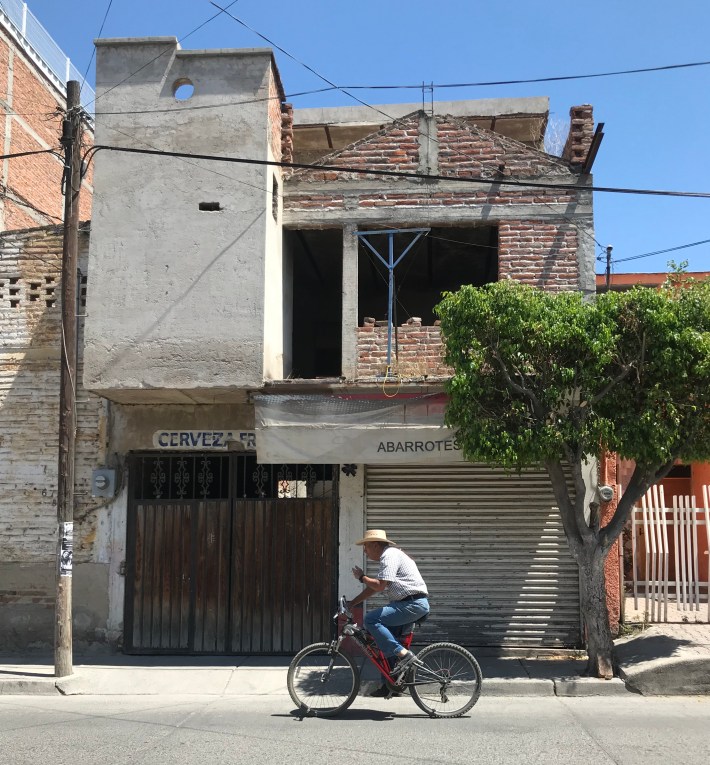
I saw the same rhythm as I walked through my aunt’s town. People on bikes rode next to people in cars with a rhythm not granted with streetlights but with patterns developed with people on the road.
As a brief visitor, there are many nuances I am sure I missed and conclusions I cannot draw. I can merely walk away with questions based on my observations and think about how that can apply to how I think about mobility justice.
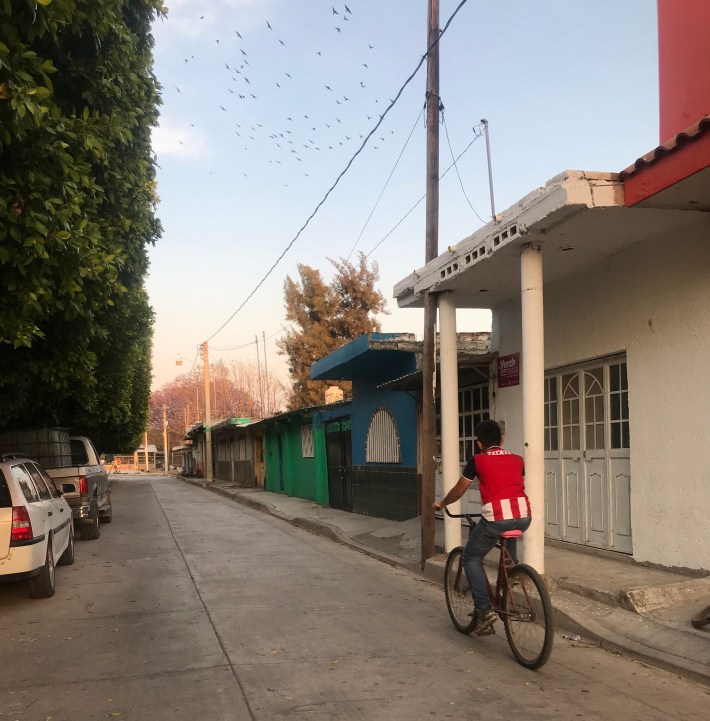
My biggest takeaway is to always remember so many people bike in ways and patterns we may not acknowledge and may not view as “cycling culture.” Learning to broaden what we view as cycling culture can only allow us to include more voices and experiences into the conversation to develop more rhythms on the road together. While bike lanes are one tool to create safer roads for people on bikes, the conversation has to be broader than the white stripes we can paint on the roads.
